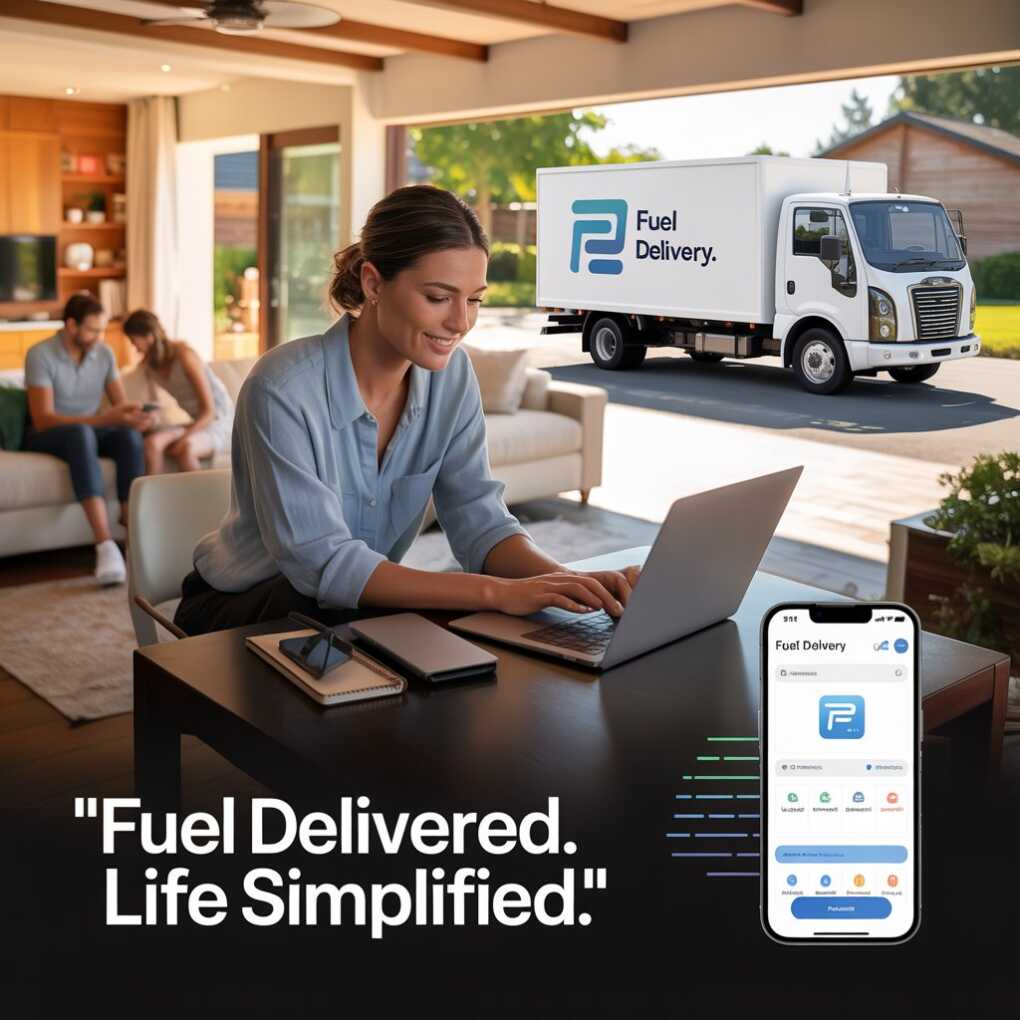You ever look at your fleet and think, “There has to be a faster way to keep these things fueled”? Traditional gas stations work, sure, but what if the fuel came to you instead?
But is it really worth the cost? Let us discuss the good, the bad, and the “hmm, maybe.”

The Convenience Factor
Picture this: no more runs to the gas station, no more detours, no more fuel stop pit stops that turn into 45-minute delays. Instead, the fuel shows up where you need it.
Forget the Pump Lines
Ever been stuck behind a semi at the pump when you’re already behind schedule? Yeah, that’s not ideal. Delivery skips the wait. Your team keeps moving, and your project doesn’t get held up by a fuel line traffic jam.
You Pick the Time
Morning, night, weekends—whatever works. Many fuel delivery companies let you schedule when it’s best for you, not when the station is open. Your operation, your timing.
Cost Considerations
Okay, let’s get real. It ain’t free. There’s a cost to that convenience.
But also, have you crunched the numbers? If your crew wastes an hour a day refueling, that’s an hour of productivity gone. Multiply that by how many people? And how many days? Here’s a breakdown of fuel delivery costs to help you run those numbers.
Bulk Pricing Benefits
Order a lot at once? You might get a lower price per gallon. Think Costco, but for diesel. It adds up, especially if you’re constantly topping off tanks.
Know Where Your Fuel Goes
Tracking tools? Most delivery services offer them. You get to see exactly how much you’re using, when, and where. It’s nerdy, but kinda satisfying. Also, it helps spot waste, or someone sneaking extra gallons.
Environmental Impact
Turns out, fuel delivery in Texas can actually help the environment.
Fewer Trips, Fewer Emissions
Every trip to the gas station is another vehicle on the road. Delivery can shrink that number. Fewer trips = less traffic and fewer emissions.
Cleaner Options Exist
Some companies now offer cleaner fuels like biodiesel, even electric charging in some areas. If you’re trying to green up your operations, that might be something to explore.
Potential Drawbacks
While fuel delivery offers plenty of advantages, it’s not without drawbacks. Understanding the drawbacks can help you make better decisions.
Delivery Fees
Delivery comes with extra charges. Location, volume, and provider all play a role. If you’re not watching, these can stack up fast. So, yeah, read the fine print.
Price Swings
Sometimes, you might pay more than you would at your local station, especially if fuel prices drop locally and your provider’s locked into a higher rate.
Security and Safety Concerns
Fuel is flammable. That’s not news. But when it’s coming to your property, it’s worth thinking through safety.
Fuel Theft Risk
Leaving fuel on-site? You might want to lock it up. Fuel theft happens. Don’t skip fencing, cameras, and locks, especially if you’re storing bulk fuel.
Work with the Pros
The best providers have strict safety protocols. Don’t be shy, ask them about it. How are drivers trained? What happens if there’s a spill? Better to know now than regret later.
So, Is It Worth It?
If you’re constantly fueling up a busy fleet? Honestly, yeah, it might be a total game-changer. The time savings alone can be worth it.
But if your fuel needs are light or irregular, the cost might not make sense. There’s nothing wrong with sticking to the pumps if that’s what works for you.
End of the day, this choice depends on your setup. Your business. Your budget. Your pace.
Take a minute. Run the numbers. Then go with the option that helps your team run smoother, and maybe a little faster, too.
